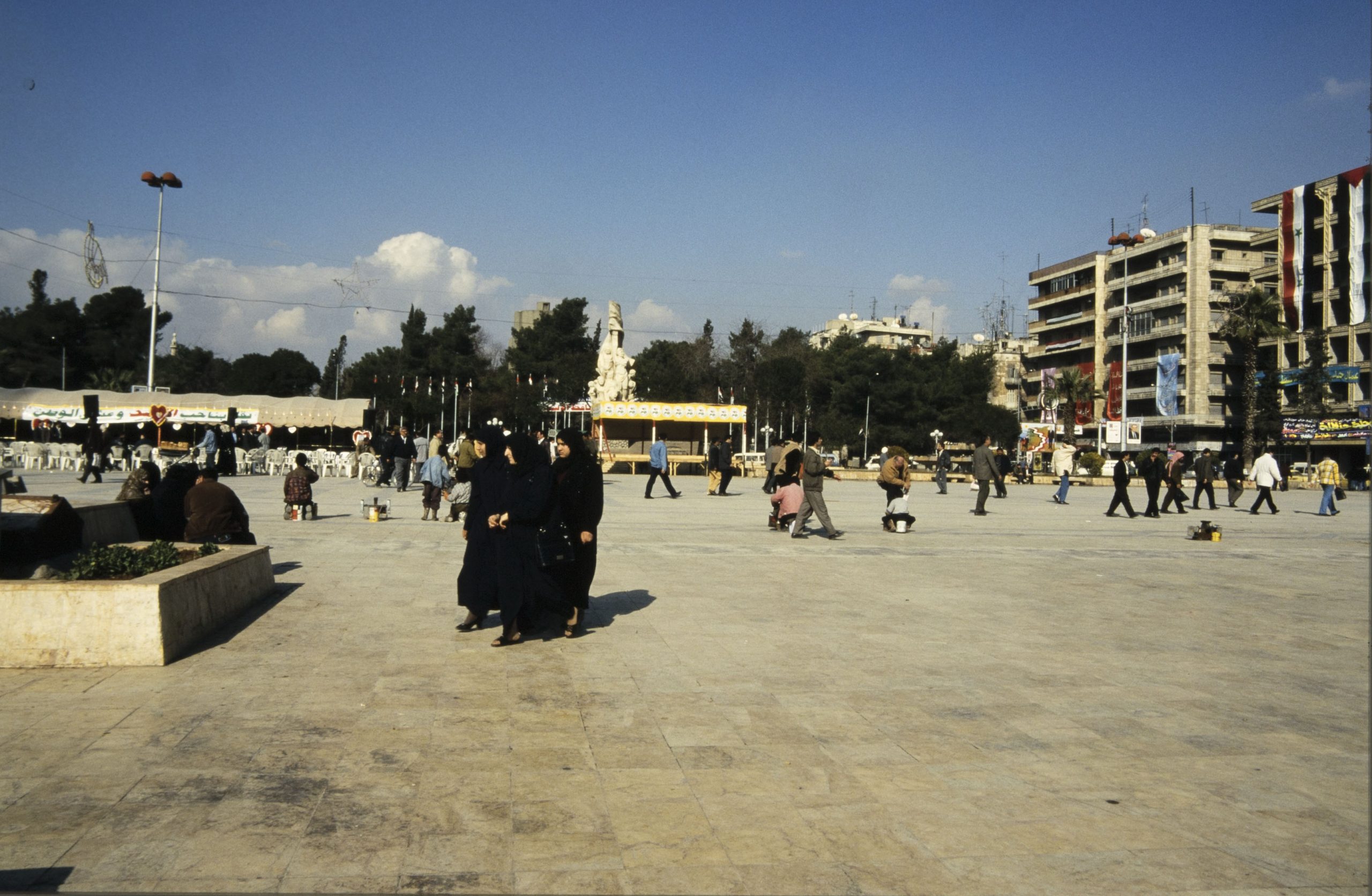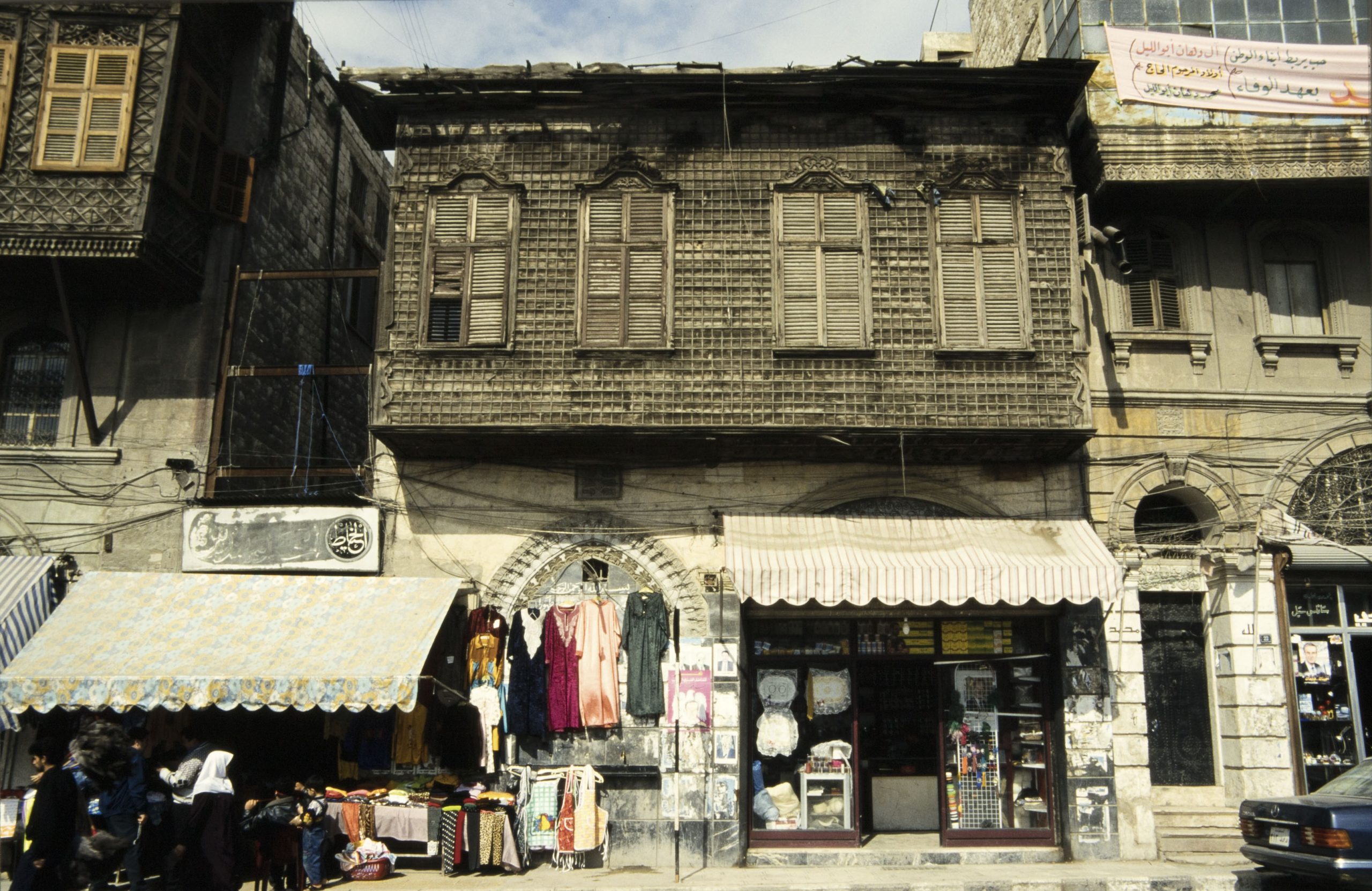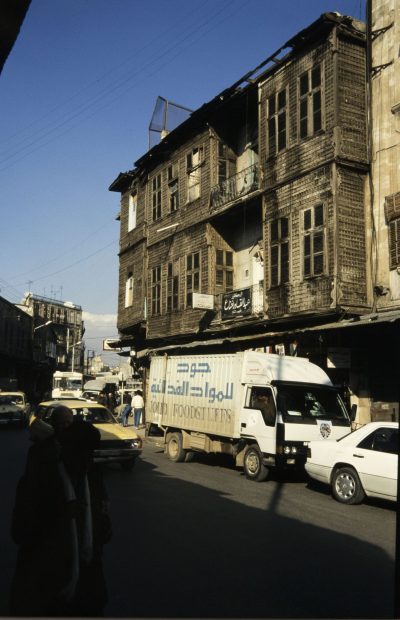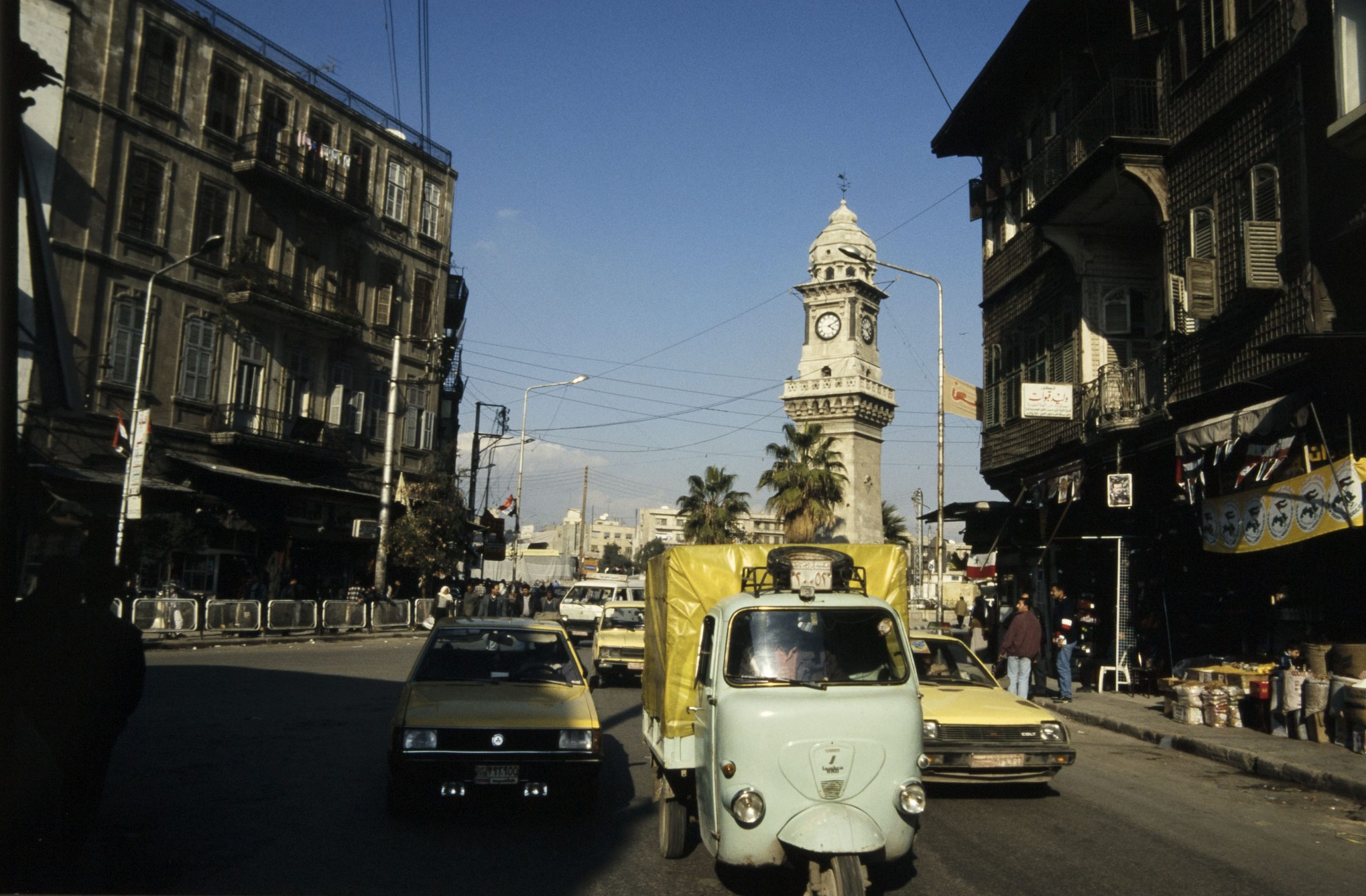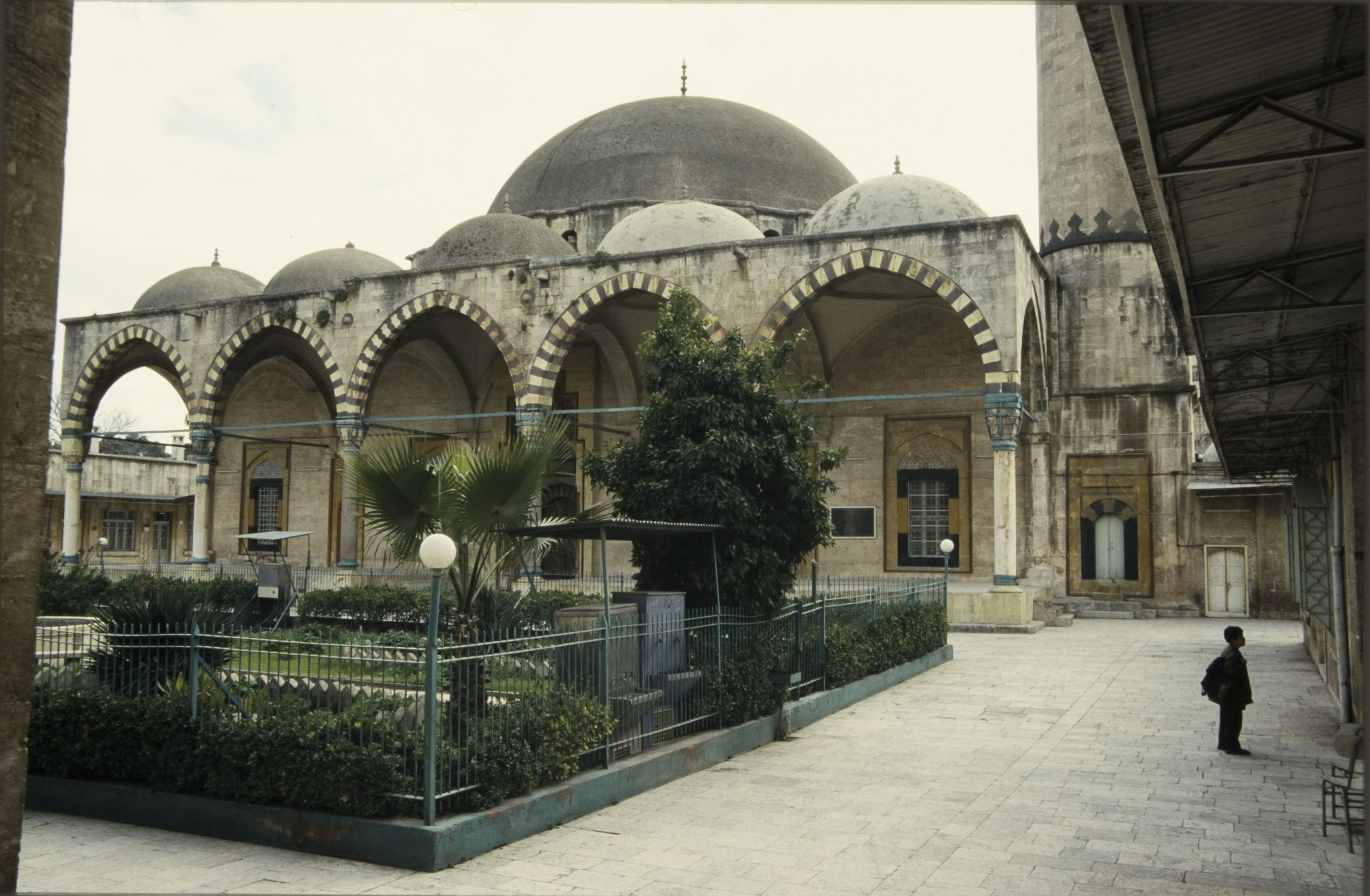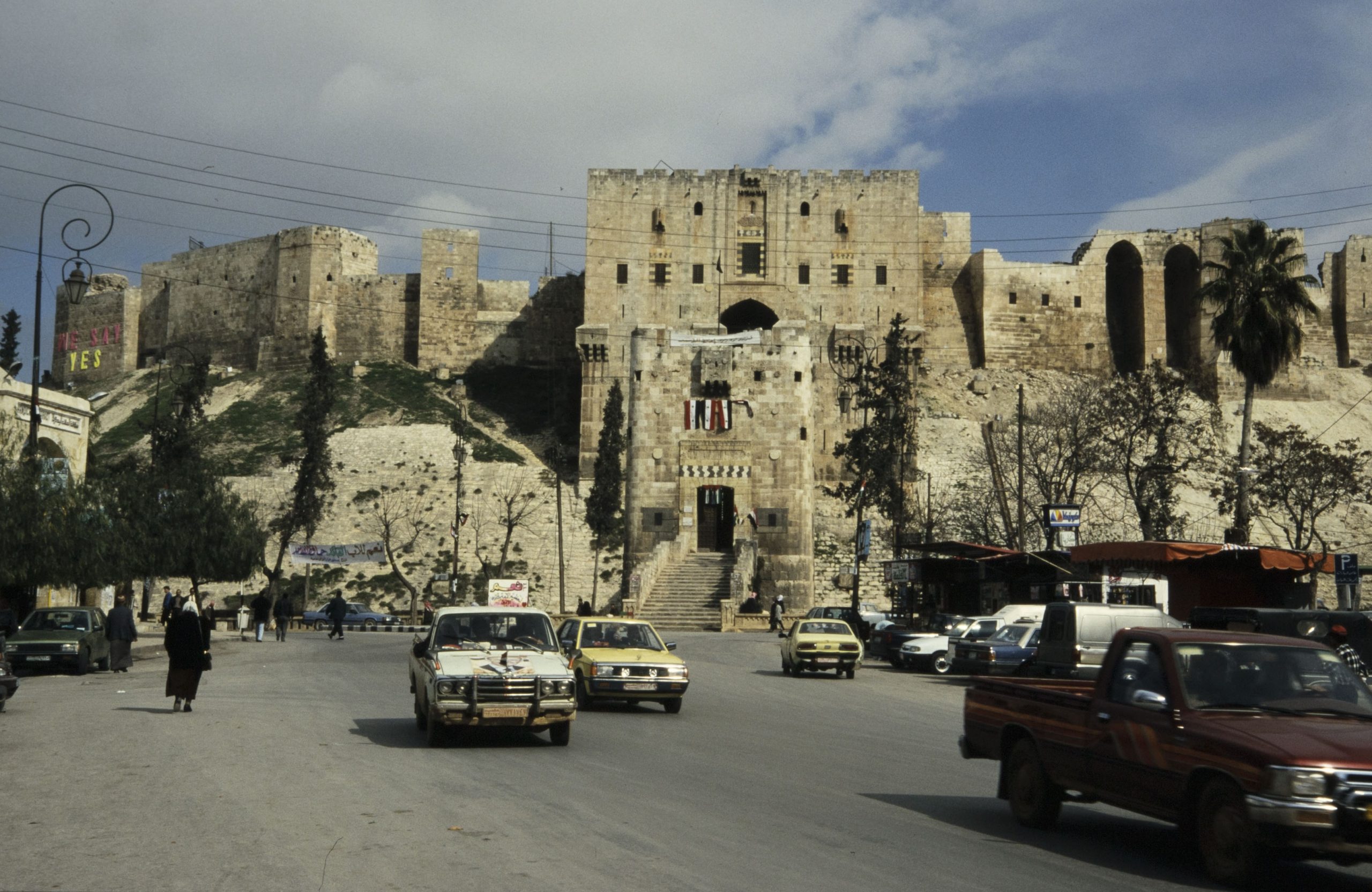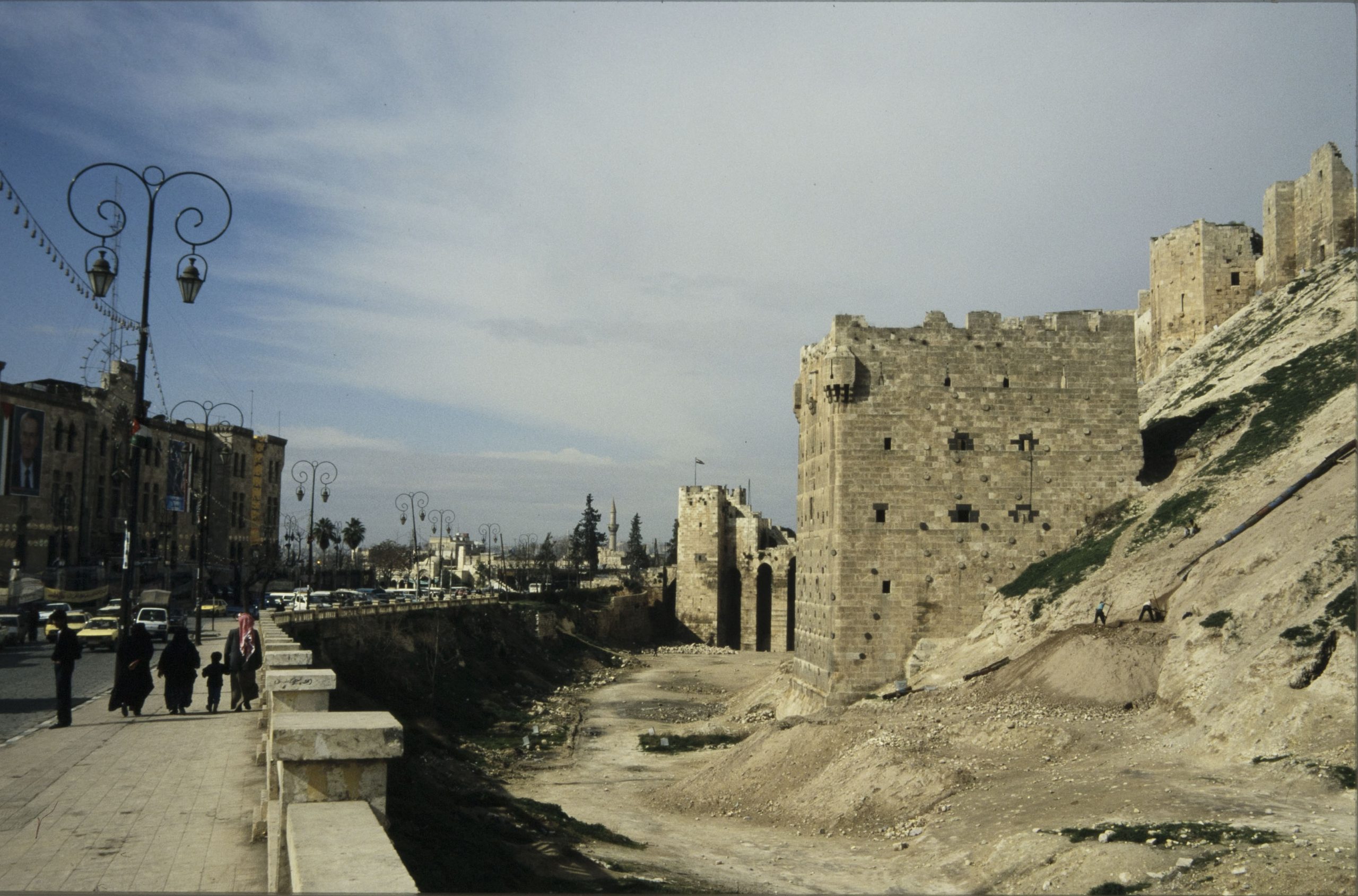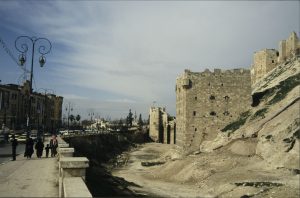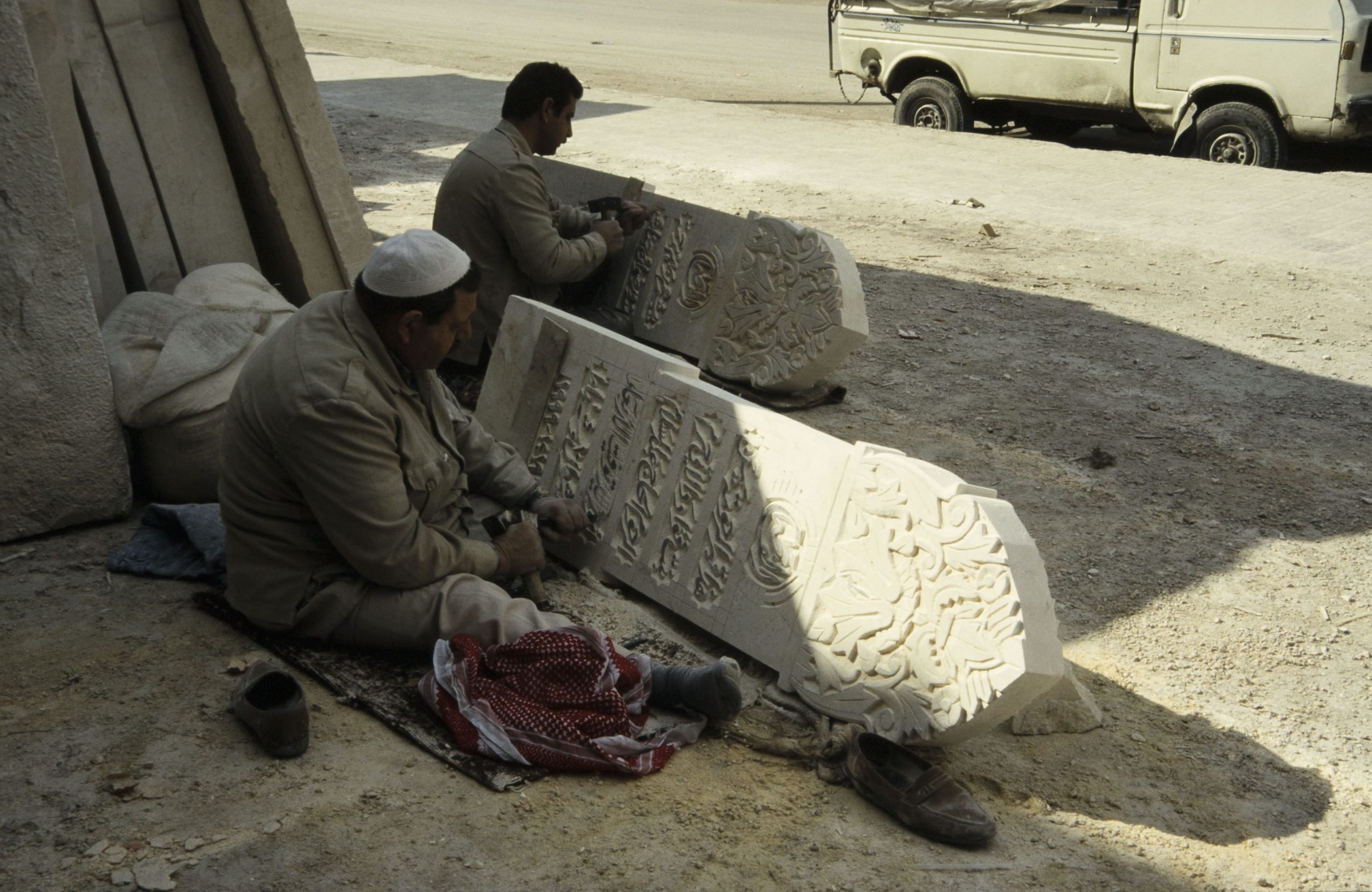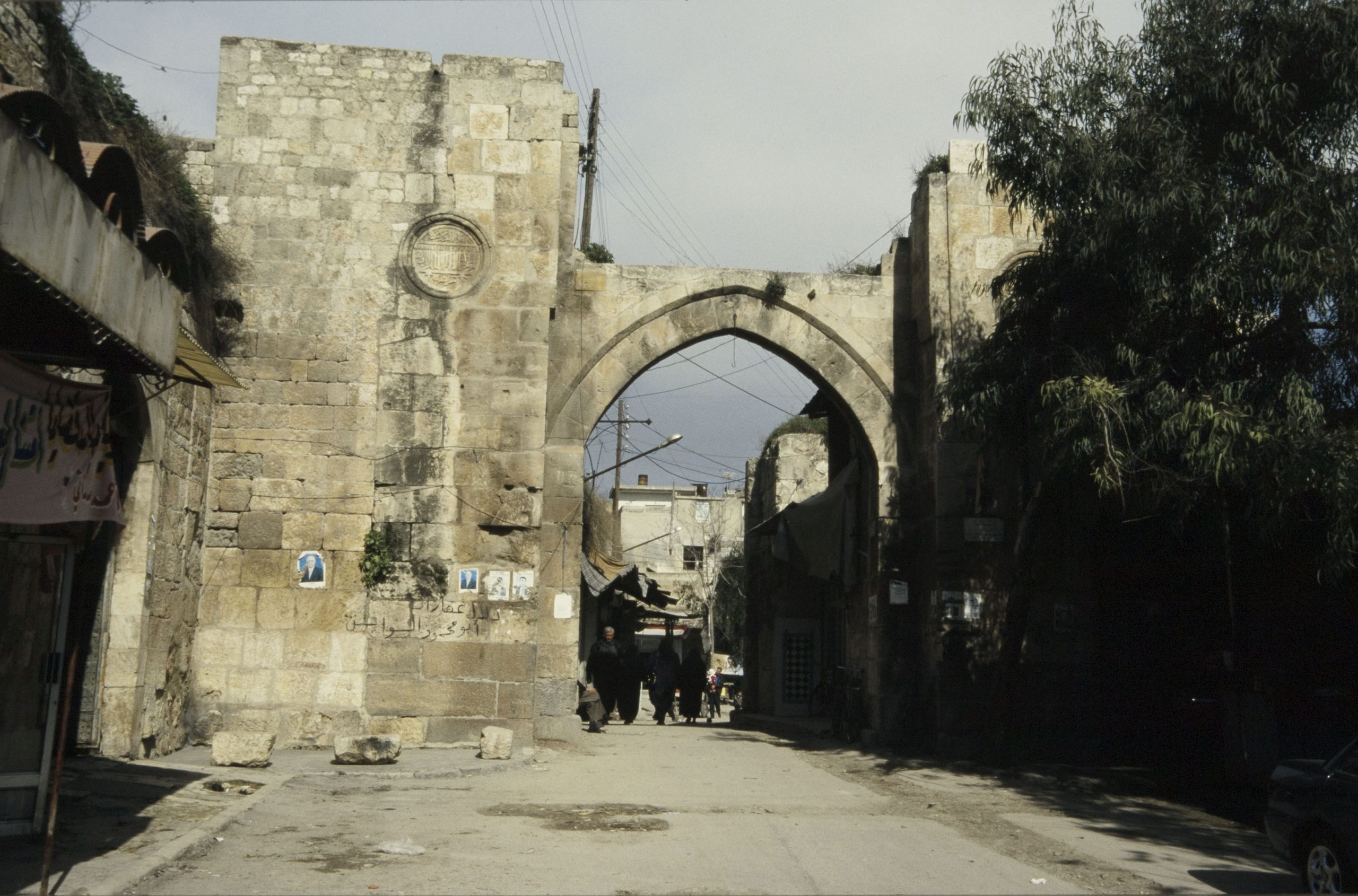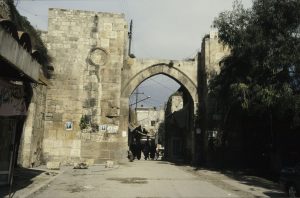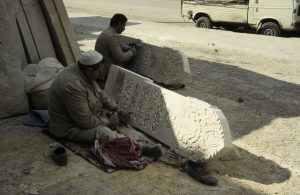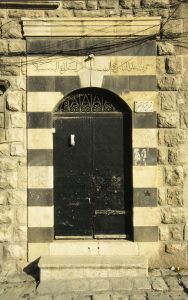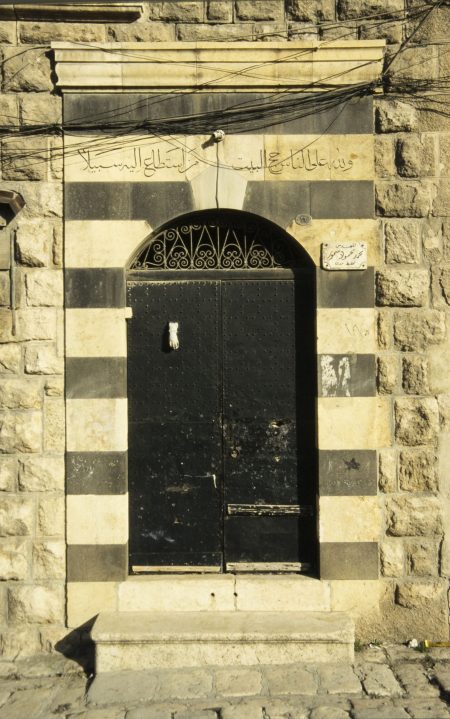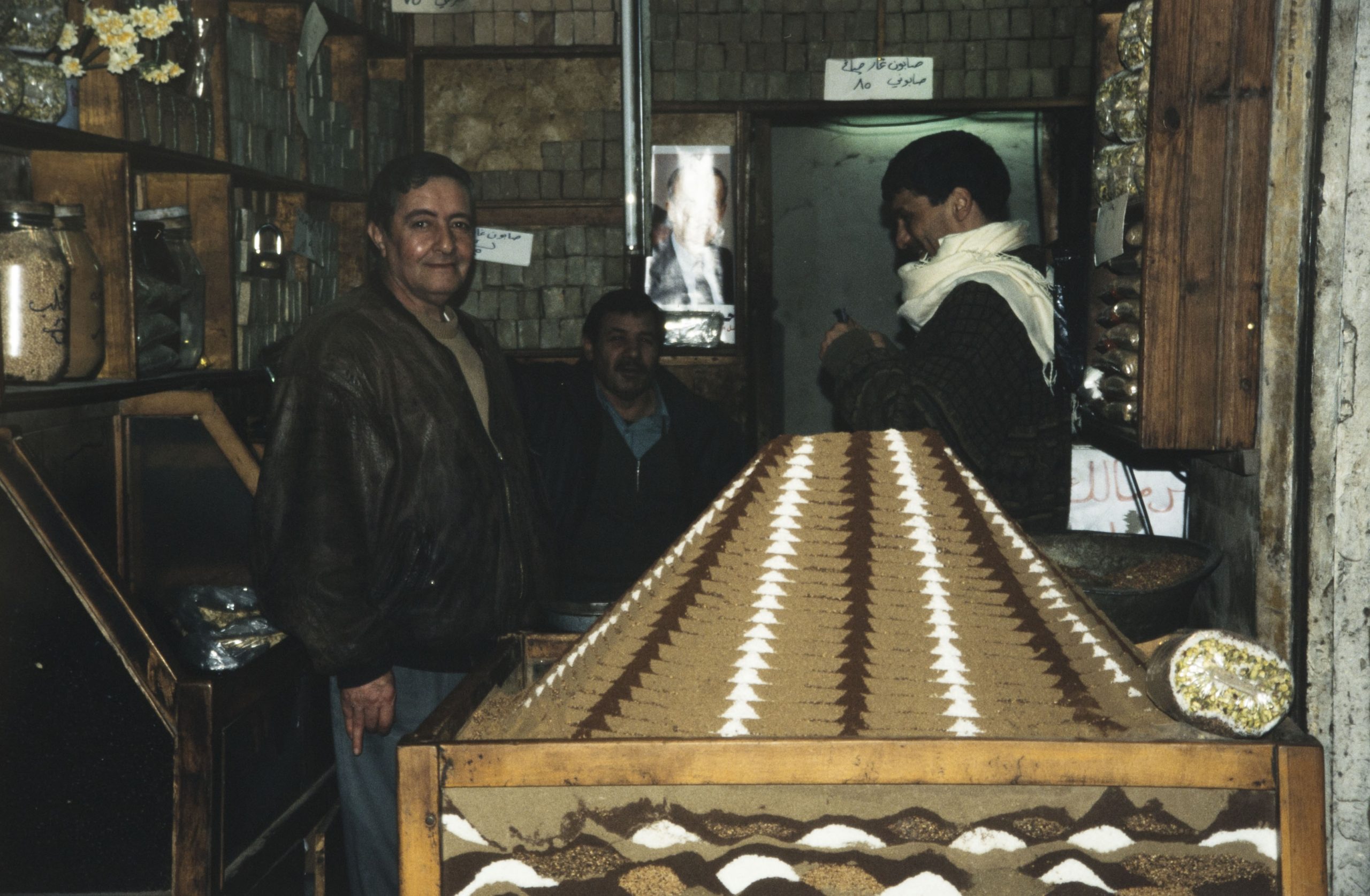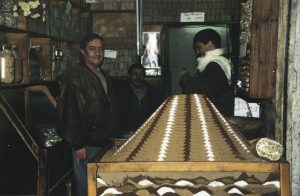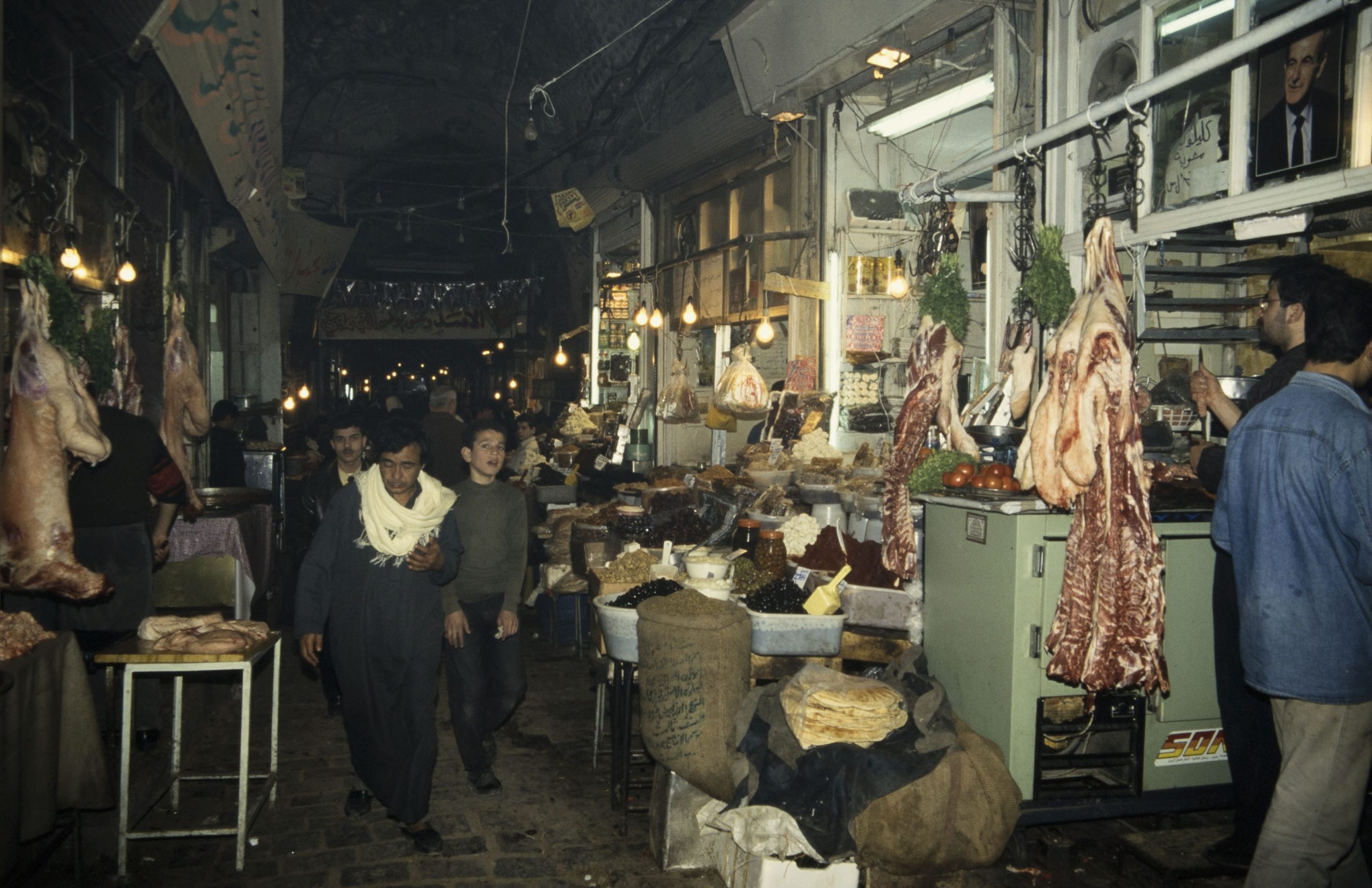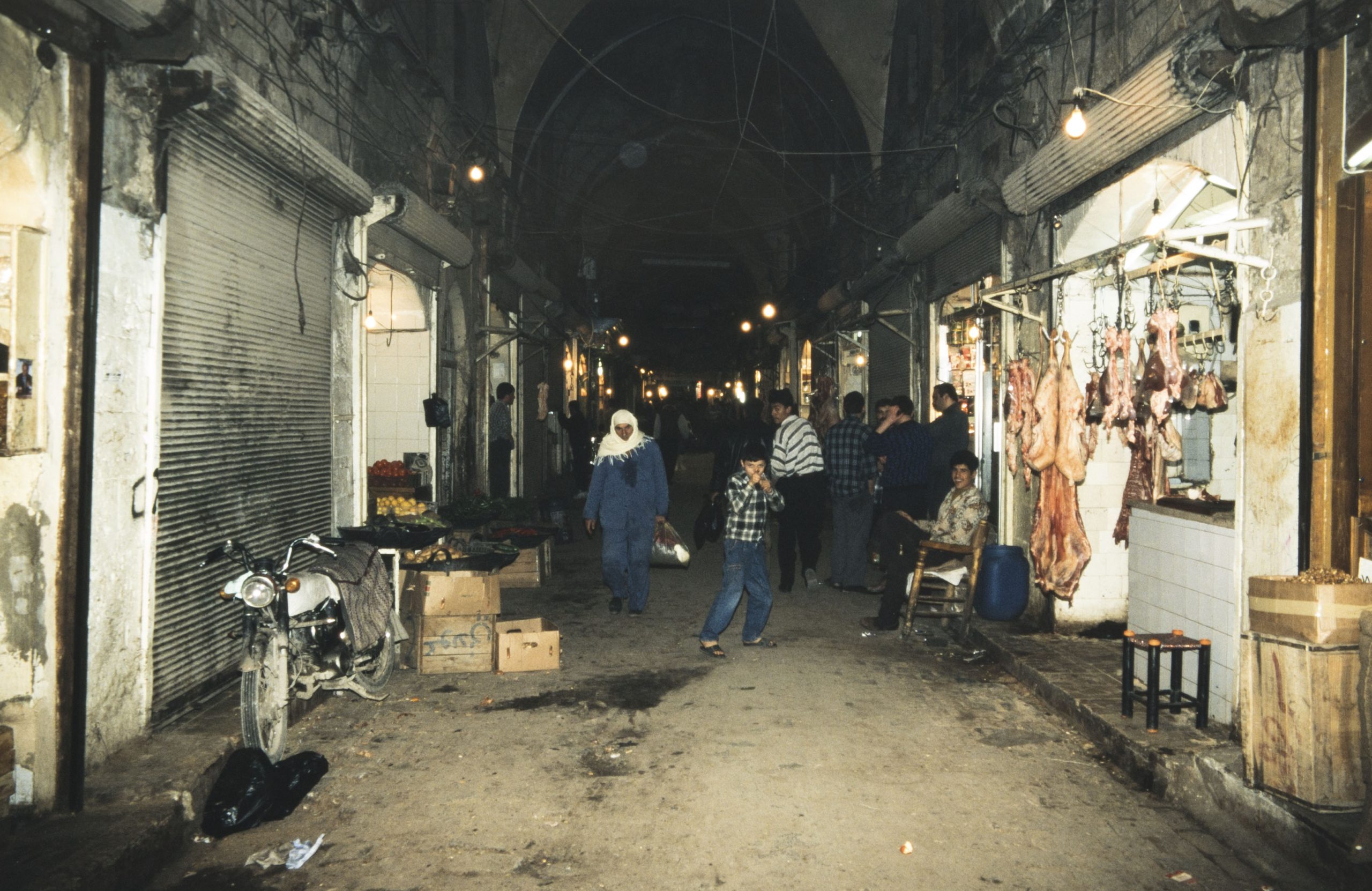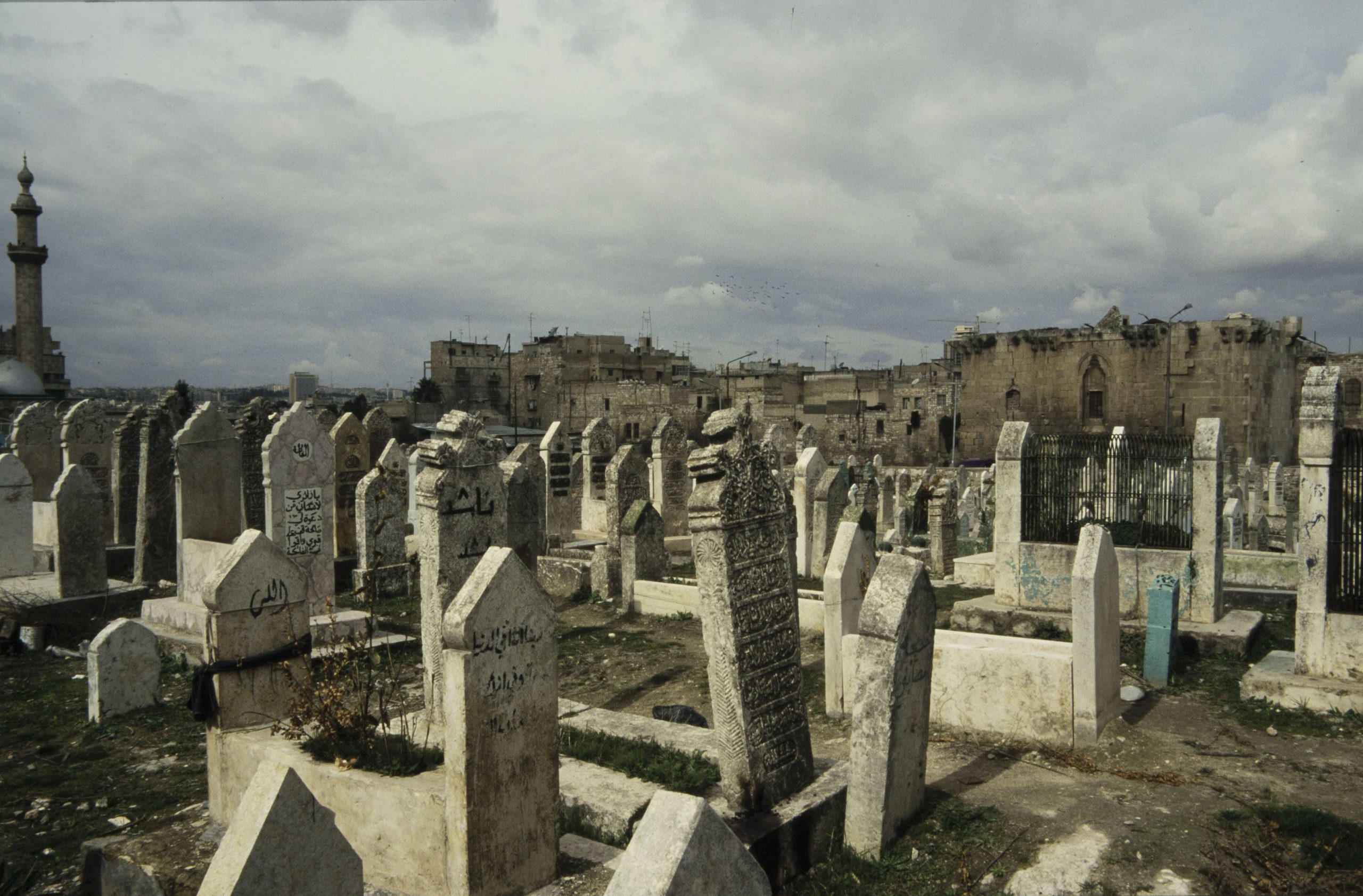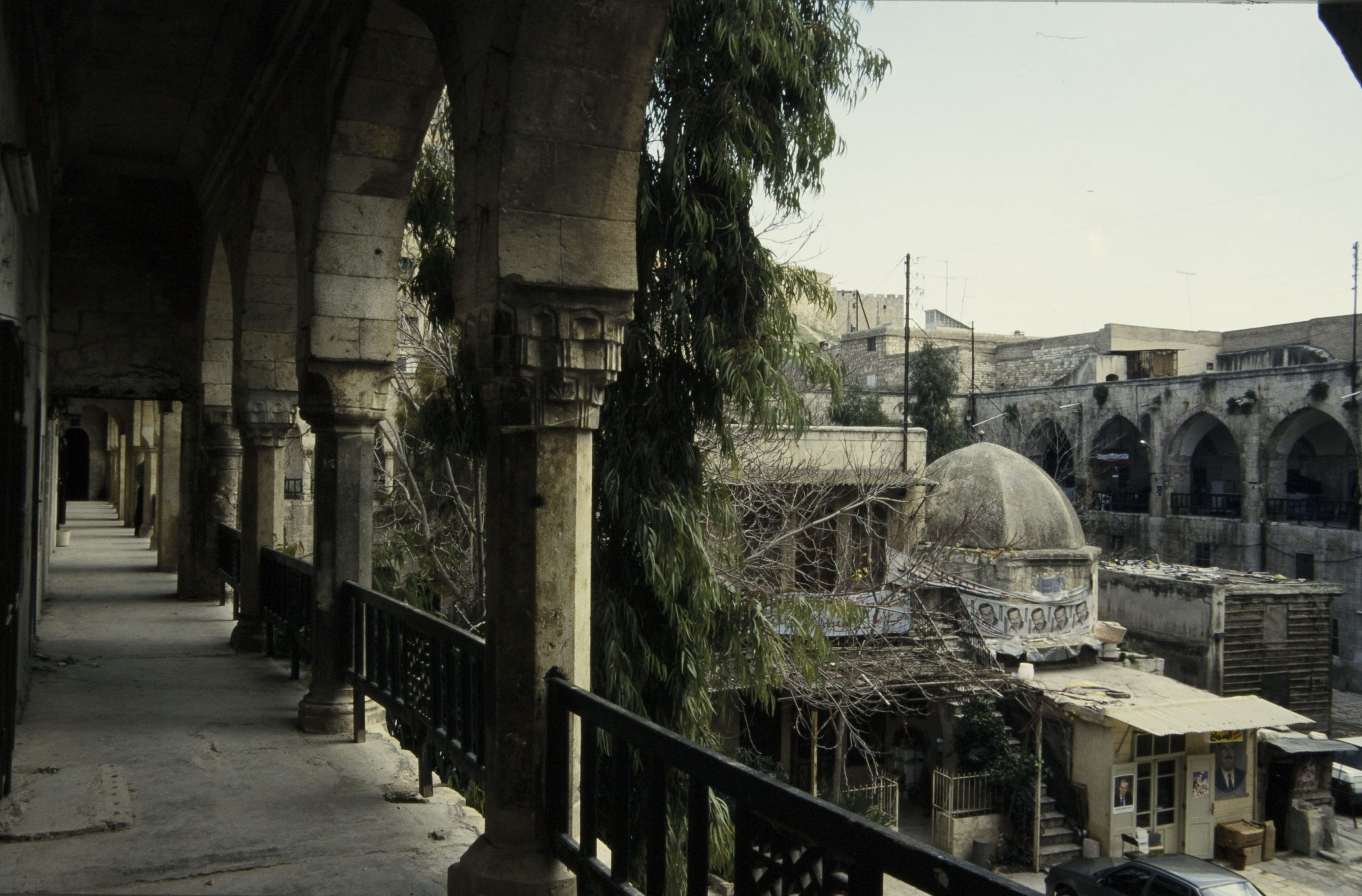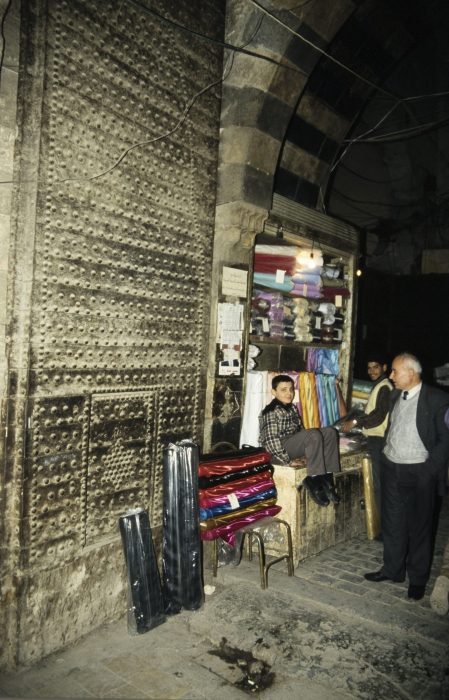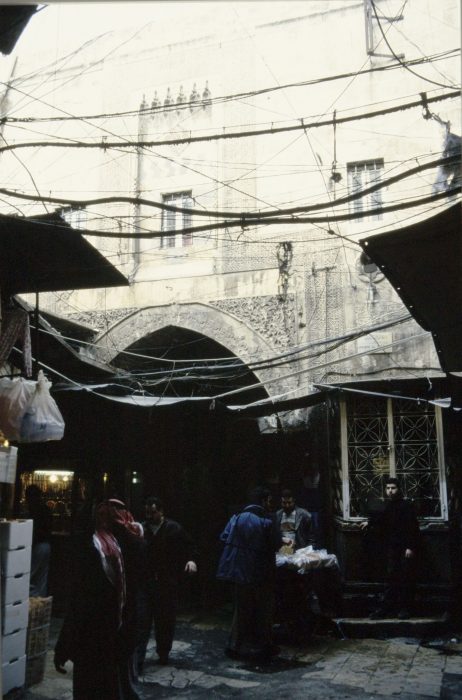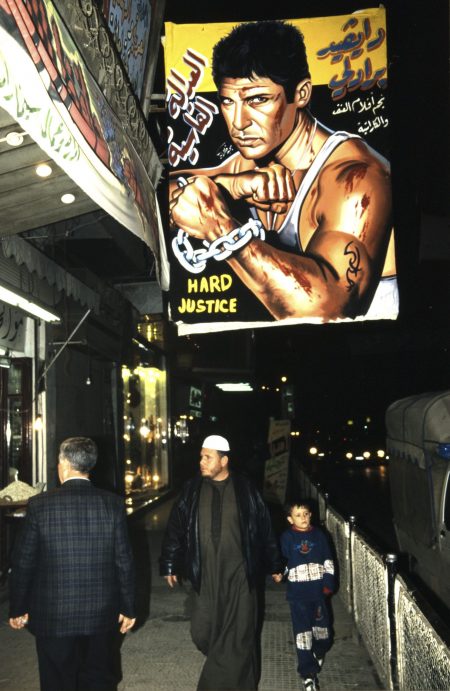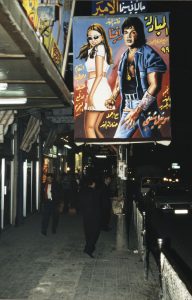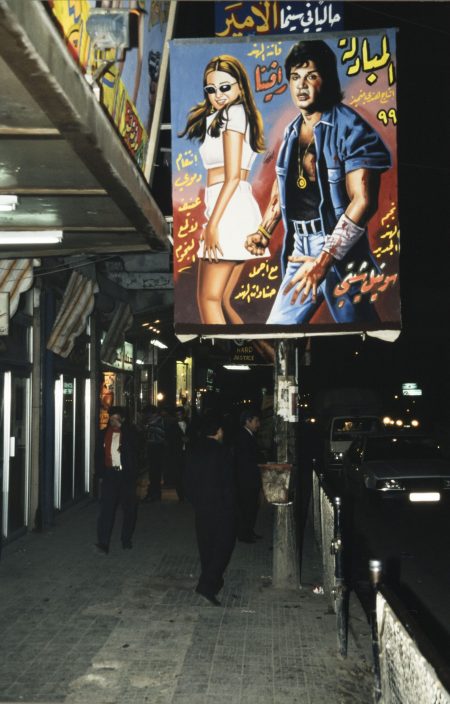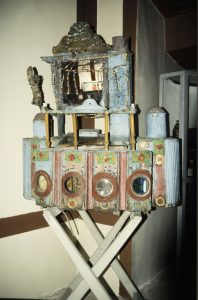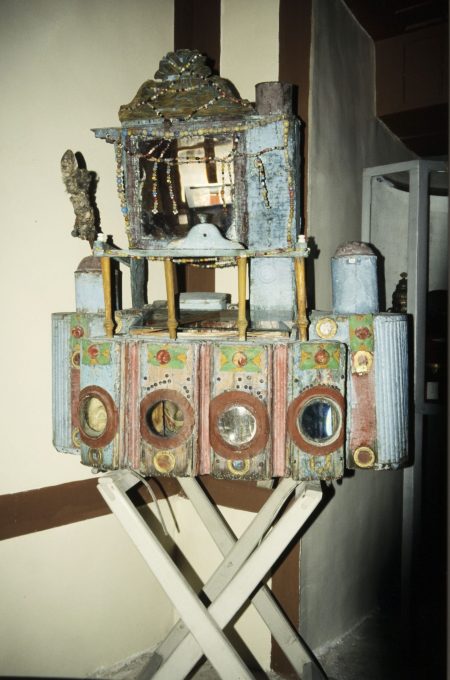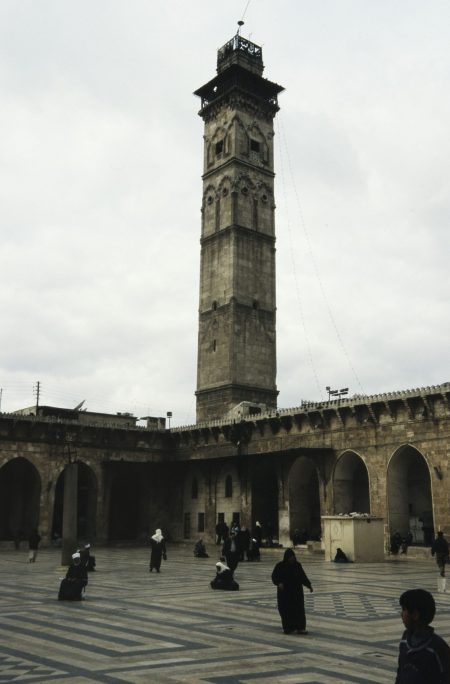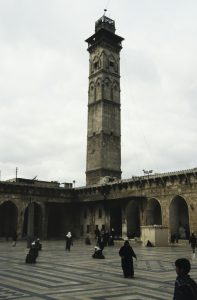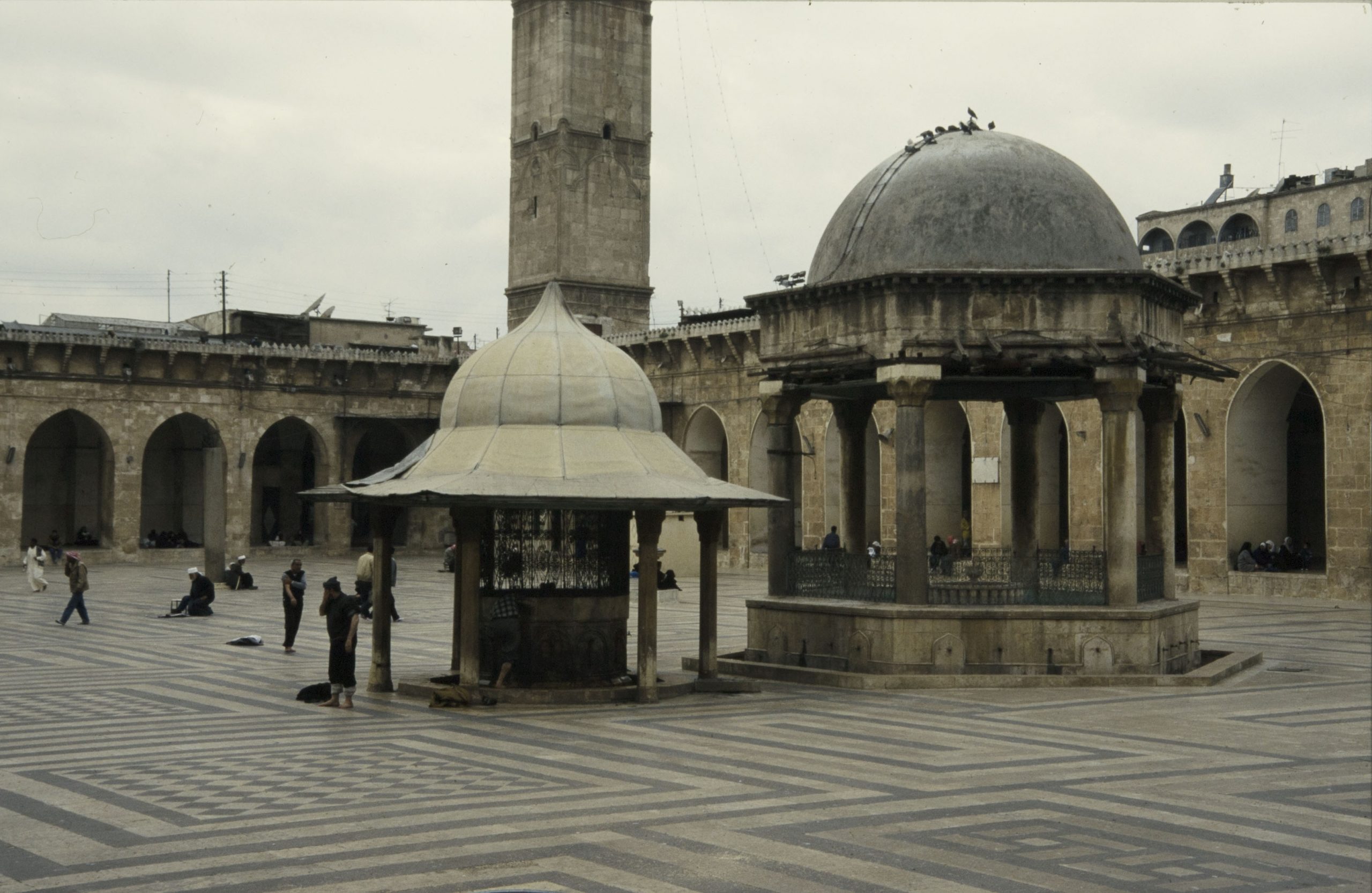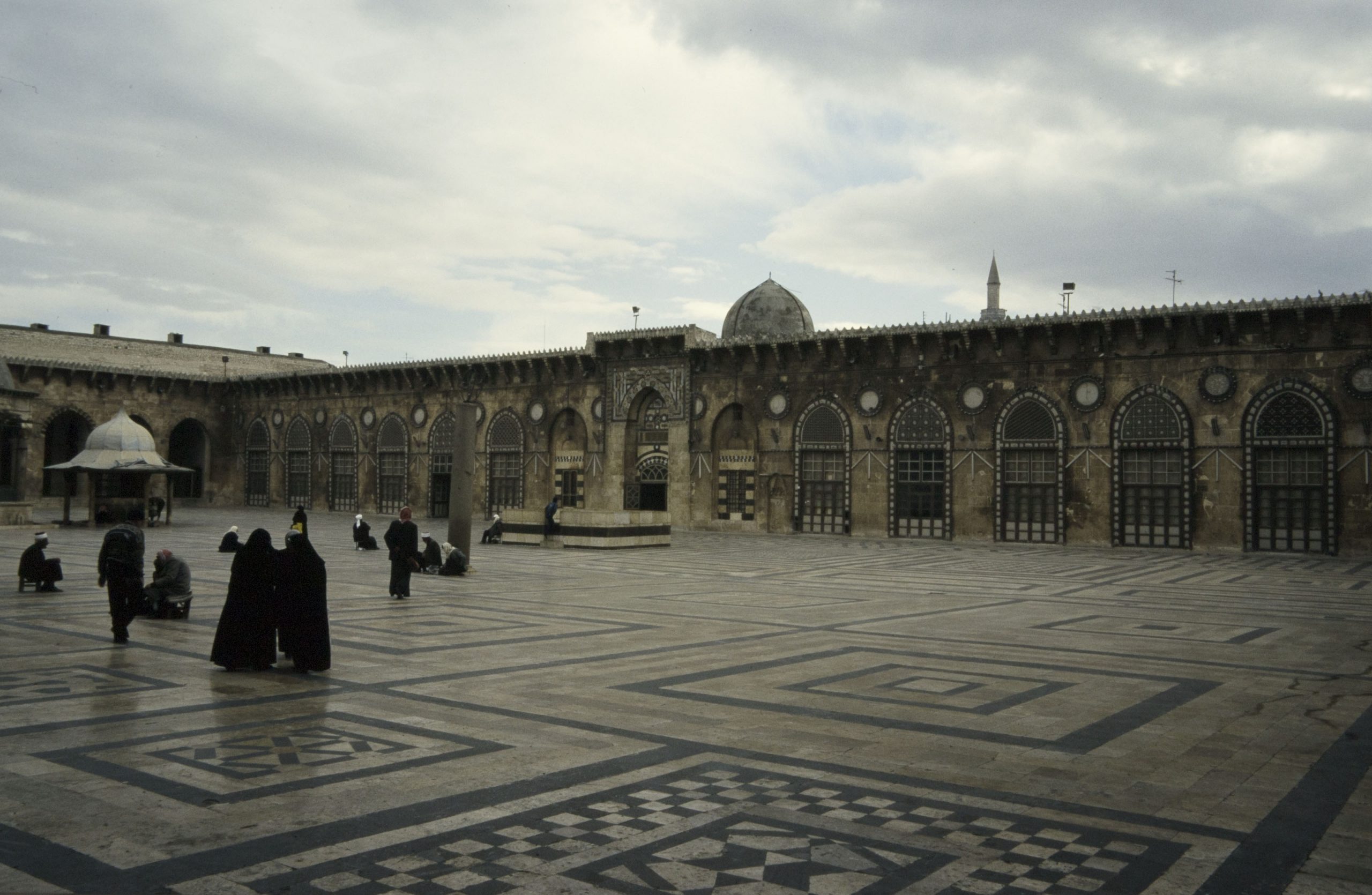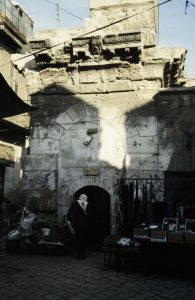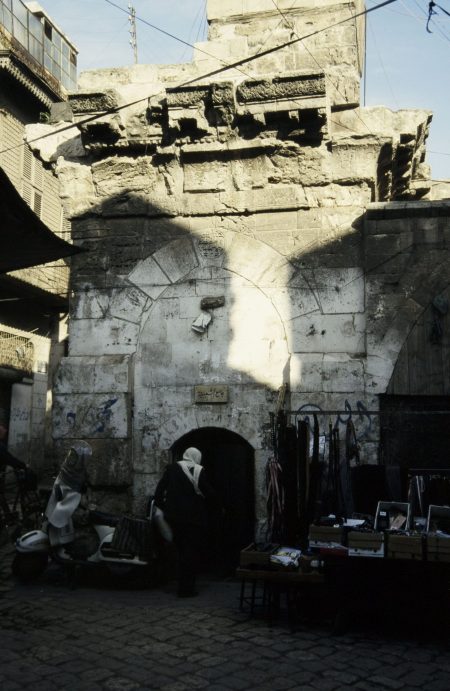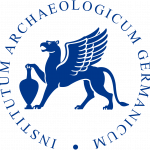FILM QUALITY
The quality of the films differed from time to time. For example, in the 1950s, Tarzan films were the best, then they developed and became the little Tarzan and his father. Then the films changed, and the stories of fighting, conquest and huge crowds became the most popular, especially those films set in the days of the horse, the crossbow and the spears, that is for foreign films. Compared to Arab films, they were more spectacular….
by Haitham – Industrialist / 24-07-2020
نوعية الأفلام
كانت تختلف نوعية الأفلام من فترة لأخرى ، مثلاً بالخمسينيات ، كانت أفلام طرزان هي الأفضل، بعدها تغيرت وأصبحت طرزان الصغيرووالده، ثم تغيرت الأفلام وأصبحت قصص القتال والغزو والحشد الضخمة هي الأكثر رواجاً، خصوصاً على أيام الخيل و القوس والنشاب والرماح، ذلك بالنسبة للأفلام الأجنبية ، أما الأفلام العربية ، فقد كانت استعراضيةً بشكل أكبر.
مشاركة هيثم – صناعي / ٢٤–٠٧–٢٠٢٠
by Haitham - Industrialist / 24-07-2020
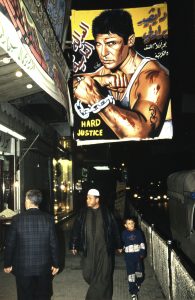
Film quality
The quality of the films differed from time to time. For example, in the 1950s, Tarzan films were the best, then they developed and became the little Tarzan and his father. Then the films changed, and the stories of fighting, conquest and huge crowds became the most popular, especially those films set in the days of the horse, the crossbow and the spears, that is for foreign films. Compared to Arab films, they were more spectacular.
In the 1960s, the mighty Hercules series about sport and education spread, with muscle, wrestling and fighting scenes being the most attractive.
Around 1965, American films have become the most famous in the world of cinema – Texas films, fighting and revolver shooting, cowboy life, armed robbery. This was a paradigm shift in the world of films, and the audiences loved it dearly.
In the 1970s, films became more sophisticated, as they searched for social stories and the problems faced by society. That was a completely different addition to the spectacular films. In Arab films, singing used to permeate the film and stories of love and love prevailed were favoured, creating movie heroes with thousands of fans.
In the 1980s, the nature of films again changed. Films tended to be somewhat fictional, like stories of the occupation of a country or an invasion of society, stories of superheroes, and the exploitation of weak people.
These films had a great impact on the psyche of the audience at that time, because they narrated murder, crime and torture as natural things we must get used to.
by Haitham – Industrialist / 24-07-2020
نوعية الأفلام
كانت تختلف نوعية الأفلام من فترة لأخرى ، مثلاً بالخمسينيات ، كانت أفلام طرزان هي الأفضل، بعدها تغيرت وأصبحت طرزان الصغيرووالده، ثم تغيرت الأفلام وأصبحت قصص القتال والغزو والحشد الضخمة هي الأكثر رواجاً، خصوصاً على أيام الخيل و القوس والنشاب والرماح، ذلك بالنسبة للأفلام الأجنبية ، أما الأفلام العربية ، فقد كانت استعراضيةً بشكل أكبر.
في الستينات ، انتشرت سلسلة أفلام هرقل الجبار، التي تتحدث عن الرياضة والتربية ، كانت مشاهد العضلات والمصارعة والقتال هي الأكثر جاذبيةً فيها.
أما في الخامسة والستين من هذا القرن ، أصبحت الأفلام الأمريكية هي الأكثر شهرة في عالم السينما ، أفلام تكساس ، القتال والمسدسات بكل أنواعها ، حياة رعاة البقر ، عمليات السطو المسلح. كان ذلك نقلةً نوعيةً في عالم الأفلام ، وقد أحبها الجمهور كثيراً .
مشاركة هيثم – صناعي / ٢٤–٠٧–٢٠٢٠
